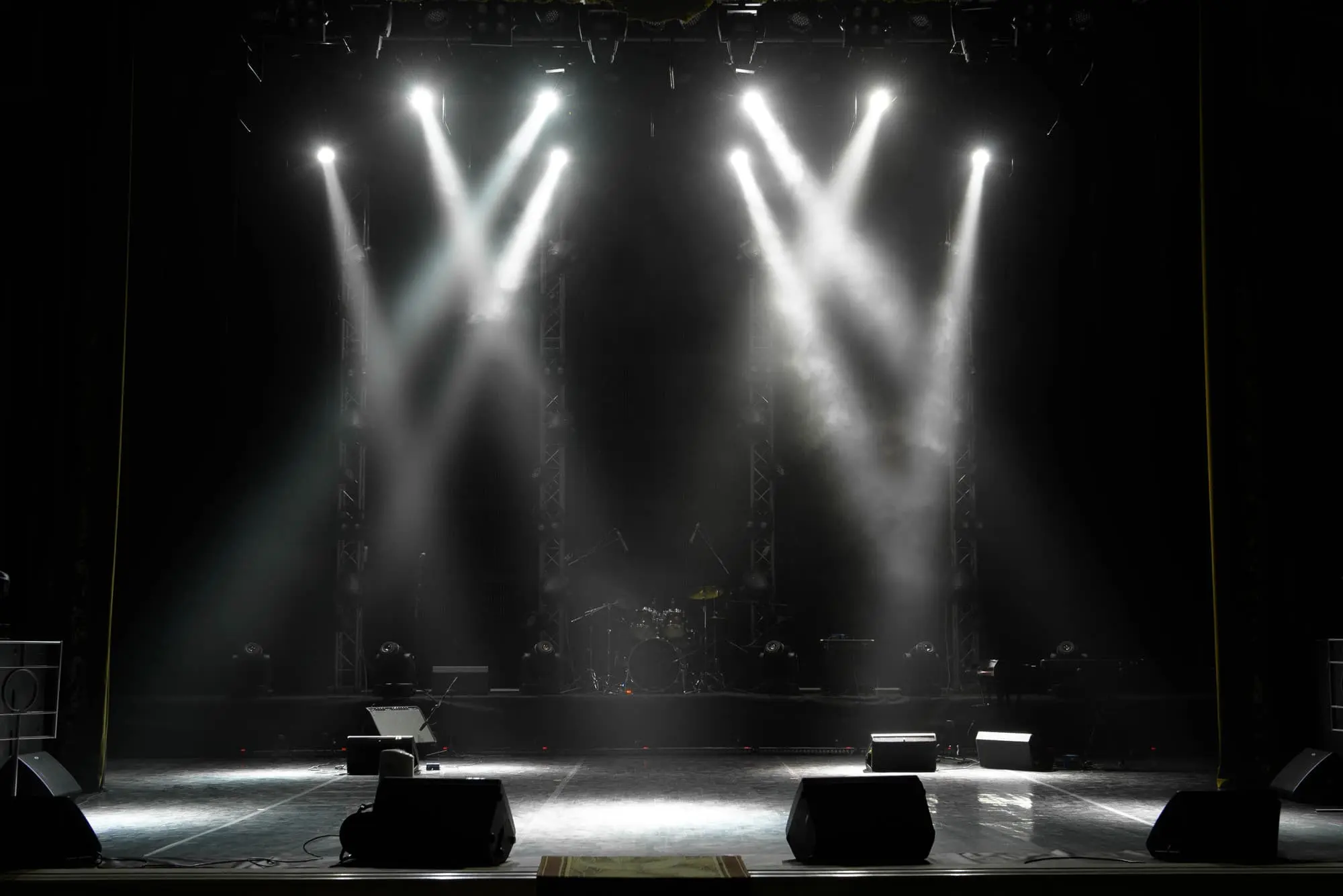How Does Professional Lighting Impact Theatrical Performances and Stage ProductionsPosted by David Harper on July 19th, 2024 Lighting is a fundamental aspect of any theatrical performance. It not only illuminates the stage but also enhances the overall experience, conveying mood, atmosphere, and emotion. In this article, we will explore the various ways professional lighting impacts theatrical performances and stage productions.
Importance of Lighting in TheaterLighting plays a crucial role in shaping the audience's perception of a performance. It highlights actors, sets the scene, and directs the audience's focus to specific areas of the stage. Iluminación profesional design can transform a simple set into a dynamic and engaging visual experience. Enhancing Mood and AtmosphereOne of the primary functions of stage lighting is to create mood and atmosphere. Different lighting techniques can evoke a range of emotions, from suspense and tension to joy and excitement. For instance, soft, warm lighting can create an intimate and romantic setting, while harsh, cold lighting can induce a sense of fear or unease. By manipulating light intensity, color, and direction, lighting designers can influence how the audience feels throughout the performance. Directing Audience FocusProfessional lighting helps direct the audience's attention to key elements of the performance. Spotlights, for example, can highlight a single actor during a monologue, ensuring that the audience's focus is on the performer. Similarly, dimming the lights on the rest of the stage can draw attention to a particular scene or action. This technique helps to guide the audience's gaze and enhances the storytelling process. Supporting the NarrativeLighting can support the narrative by indicating the time of day, location, or even the passage of time. For instance, a gradual change from bright daylight to dim twilight can signify the end of a day. Colored lighting can suggest different locations, such as a blue hue for an underwater scene or a red glow for a fiery setting. These visual cues help the audience understand the context of the story without the need for additional dialogue or exposition. Enhancing Set DesignGood lighting design can complement and enhance the set design. It can emphasize textures, shapes, and colors, making the set more visually appealing and realistic. By using different lighting angles and intensities, designers can create depth and dimension on stage, adding to the overall aesthetic of the production. Creating Special EffectsLighting is also used to create special effects that can bring a production to life. Techniques such as strobe lighting can simulate lightning, while gobo lights can project patterns or images onto the stage. These effects can add a layer of excitement and realism to the performance, making it more engaging for the audience. ConclusionProfessional lighting is a vital component of theatrical performances and stage productions. It enhances mood and atmosphere, directs audience focus, supports the narrative, and complements set design. The collaborative effort between lighting designers and other departments ensures a seamless and engaging experience for the audience. Like it? Share it!More by this author |



